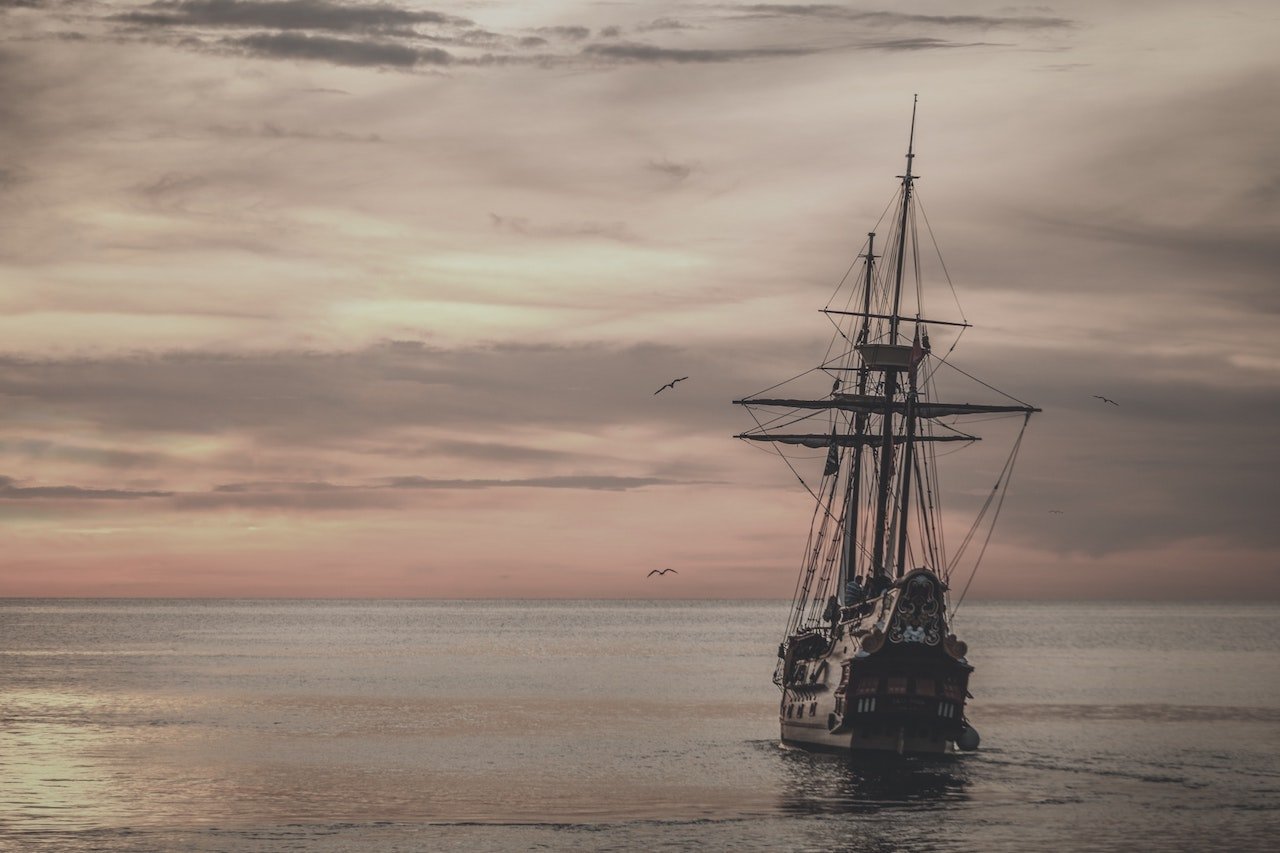
Thankfully, we've all been exposed to enough films like A Perfect Storm and Master and Commander to have a healthy respect for the sea. Most of the pivotal mistakes from the long history of boating have already been made.
From sending ships out to hurricane season, to ironically having too many life-saving devices, here are four lessons on boating we've learned from history:
Lesson #1: Don't Send Your Fleet Out In Hurricane Season
On the island of Key West, you'll find the Mel Fisher Maritime Museum, which is both a testament to one man's obsessive quest for sunken treasure and a monument to Spain's lost treasure fleet of 1622.
Though Spain had emerged as a world power following Christopher Columbus's exploits of the late 1400s, by the 1600s Spain was floundering financially. Due to conflict with French and Dutch forces, the Spanish Crown was heavily indebted.
How to redeem their great debt? Treasure, lots of treasure, from the New World to Spain. A fleet was assembled to leave what's now known as Colombia and Panama with loads of riches: gems, indigo, copper, silver, gold, perfume, and expensive fabrics. Due to the quantity of the assembled riches, the fleet, of which Nuestra Senora de Atocha (Our Lady of Atocha) was the most famous galleon, it took six more weeks than originally intended to load the vessels. Six more weeks meant that the journey back to Spain would be pushed into late summer, the heart of hurricane season, but with Spain desperate and in debt, they were pressed to depart. They left on September 4 and the Atocha sank in a storm on September 6, leaving the entire crew dead, save for three sailors and two slaves. Though it was the most famous, it wasn't the only one to sink. The eight other ships of the ill-fated fleet sank as well near the Dry Tortugas off Key West. This disaster was a severe blow to the Spanish economy, which had already been struggling prior to the wreckage.
Lesson #2: Learn How To Use Life-saving Devices
The Titanic is such a part of our cultural lexicon that it hardly bears mentioning. But the tragic events of the Titanic did teach us one thing, aside from the imperative to avoid giant icebergs: make sure your crew knows how to use lifeboats. Though the Titanic was originally designed to carry 48 lifeboats, it set sail with only 20 on board with the inexplicable justification that it would make the deck look "less cluttered."
The greatest tragedy, however, wasn't the deficit of lifeboats: it was how poorly they were filled by the ship's crew. Though the first lifeboat to leave the Titanic could fit 65 people, it set off with only 28 on board, an egregious oversight. All told, 472 lifeboat spaces went unused on that fateful day. Two lifeboats just drifted away, unoccupied. This incompetence caused many more people to lose their lives.
Lesson #3: Avoid The Bermuda Triangle
In 1918, the U.S.S. Cyclops was lost in the West Indies as it made the trip from Brazil to Baltimore. The ship, its 300 passengers, and all the manganese ore it held, disappeared in the so-called Bermuda Triangle without a trace. There were no strong storms recorded, nor did the captain send out a distress signal. The U.S.S Cyclops simply disappeared in an eerie and inexplicable silence.
More than 100 vessels — ships and planes — have disappeared in the Bermuda Triangle between Bermuda, Miami, and Puerto Rico. Though it's possible that the Bermuda Triangle's reputation could be nothing more than coincidental — after all, plenty of ships do emerge unscathed from the journey — uncanny stories like that of the U.S.S. Cyclops remind us that it's better to avoid the area.
Lesson #4: Don't Carry Too Many Lifeboats
On the Titanic, the ship under-prepared and underutilized its lifeboats, resulting in tragic loss of life. On the Eastland, an ironic twist caused the ship to buckle under the weight of it's under life-saving devices.
Following the Titanic tragedy, legislators signed bills in America that required for enough lifeboats to be present to accommodate 75% of the ship's passengers.
By July 1915, the Eastland carried 11 lifeboats when it was designed to carry six. It carried 37 rafts which weighed around 1,100 pounds each. As the ship sailed out from Chicago, it immediately began to list to port before righting itself. After a few more minutes, it began to list to port again. In just a few more minutes, the Eastland listed 45 degrees to port, then toppled over. 844 people died less than 50 feet from the dock. It was eventually concluded that the boat was made too top-heavy, ironically from all the life-saving devices.
As tragic as these stories are, some things can only be learned by experience.
Thankfully, we all follow proper protocols like knowing how safety devices work and, hopefully, not venturing into the Bermuda Triangle on a whim. If you're interested in reaching out to begin your own high seas adventures, contact us at Atomic Tuna Yachts.




